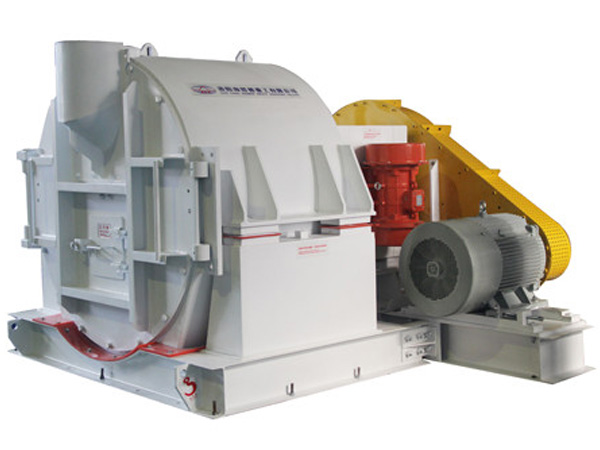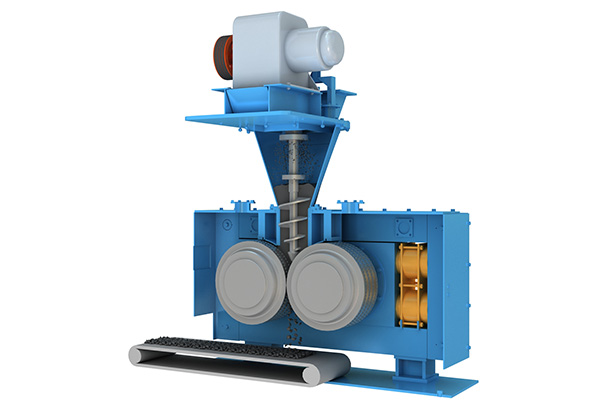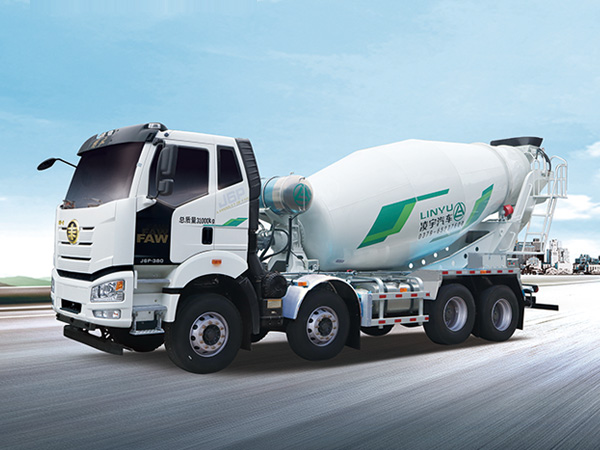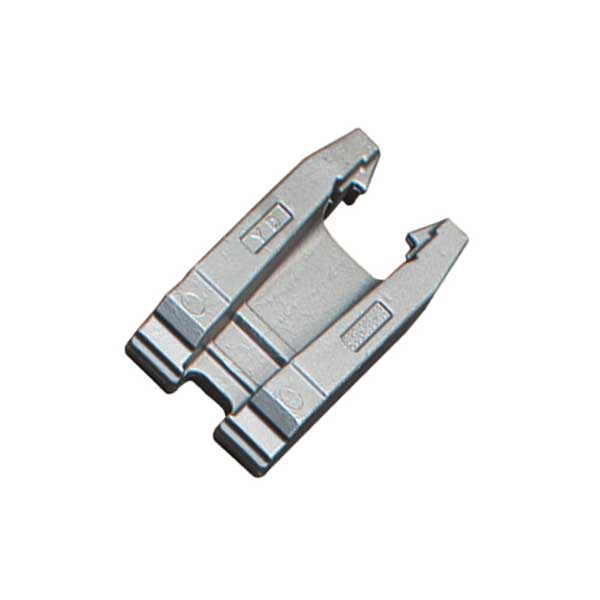The mobile vertical grow rack includes a planting tank and a movable growing frame. There are several uprights fixed on the edge of the planting tank. The upper ends of the uprights are fixedly connected by crossbeams. For the movable growth frame, the upper part of the column is also provided with a support rod for supporting the movable growth frame in an inclined upward direction. The mobile vertical grow rack has the advantages of simple structure, good lighting, good ventilation, and not easy to grow insects, etc., which can effectively improve the growth and yield of plants, and can conveniently solve the problem of plants keeping out of the cold and overwintering.
1. The mobile vertical grow rack is characterized in that the planting frame includes a planting tank and a movable growing frame, and several uprights are fixedly arranged on the edge of the planting tank, and the upper ends of the uprights are fixed by beams connect, the upper movable sleeve of crossbeam is provided with sleeve pipe, is fixedly provided with movable growth frame on the sleeve pipe, and the top of column is also provided with the pole that is used to support movable growth frame to the direction of inclination upward.
2. The mobile vertical grow rack is characterized in that the columns are symmetrically arranged in pairs on the two short edges of the planting groove, and each short edge is provided with two columns, which are combined into two pairs of symmetrically arranged uprights.
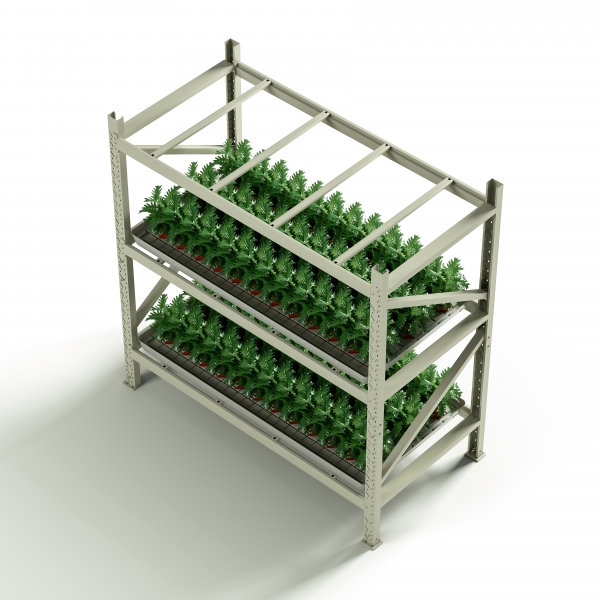
3. The mobile vertical grow rack is characterized in that the upper ends of the two pairs of symmetrically arranged columns are fixed with the beams, and there are two mobile vertical grow racks, and the movable growing frames are respectively arranged on the two on the above-mentioned crossbeam, and two movable growth frames are arranged to cross each other.
4. The mobile vertical grow rack is characterized in that the support rod is a “shaped structure, its vertical long end is fixedly arranged on the upper end of the column, and its horizontal short end is higher than the height of the column. The frame of the mobile vertical grow rack leans against the horizontal short end to support the movable growth frame in an inclined upward direction.
5. The mobile vertical grow rack is characterized in that the upper ends of the first pair of two columns symmetrically arranged are fixed with the beams, the movable growing frame is arranged on the beams, and the second pair of symmetrically arranged The height of the upper ends of the two uprights is higher than that of the first pair of uprights, the upper ends of the second pair of uprights are provided with transverse struts, and the higher parts of the upper ends of the second pair of uprights are combined with the transverse struts to form the struts.
6. The mobile vertical grow rack is characterized in that the movable growing frame includes a movable beam and several rows of rattan racks arranged on the movable beam, and the movable beam is fixedly connected with the casing.

7. The mobile vertical grow rack is characterized in that a reinforcing beam is fixedly connected between the two columns.
8. The mobile vertical grow rack is characterized in that the two ends of the beam are respectively set with the sleeves, each of the sleeves is provided with the movable beam perpendicular to the beam, and the two movable beams on the same beam The front ends of the beams are connected to each other through fixed cross bars, and several rows of rattans are arranged between the two movable beams.
9. The mobile vertical grow rack is characterized in that the planting groove is made of cement concrete, and several through holes are arranged at the bottom.
10. The mobile vertical grow rack is characterized in that several rows of racks are arranged between the uprights.
The above is the full introduction of the characteristics of the mobile vertical grow rack. Only by understanding its characteristics in detail can the planting rack be used correctly and the problem of plant protection from the cold and overwintering can be better solved.
More information about mobile vertical grow racks can be accessed by clicking:https://www.etegreen.com/vertical-grow-rack-systems/mobile-vertical-grow-racks/

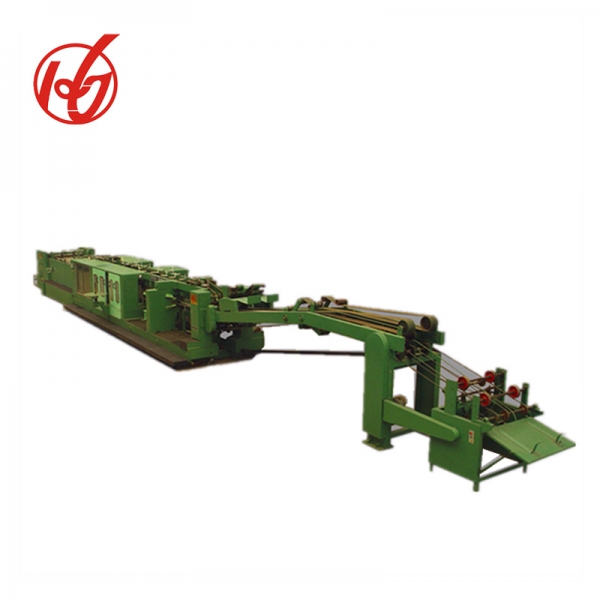
.jpg)
